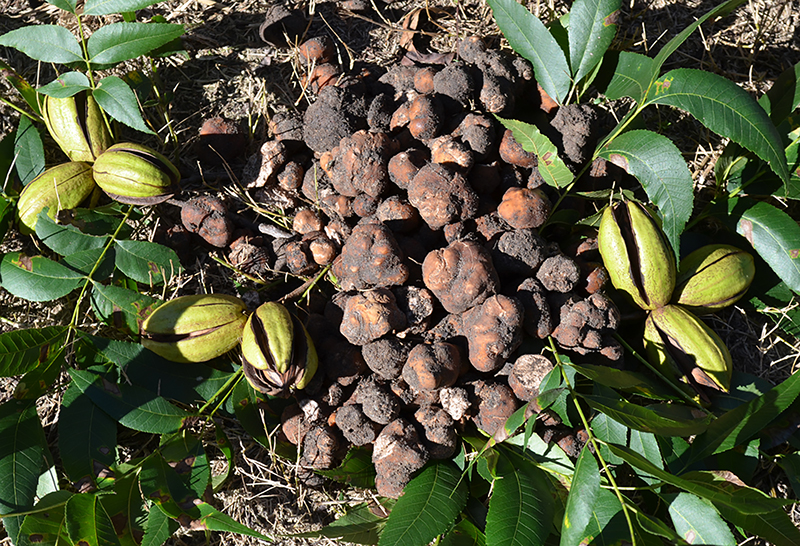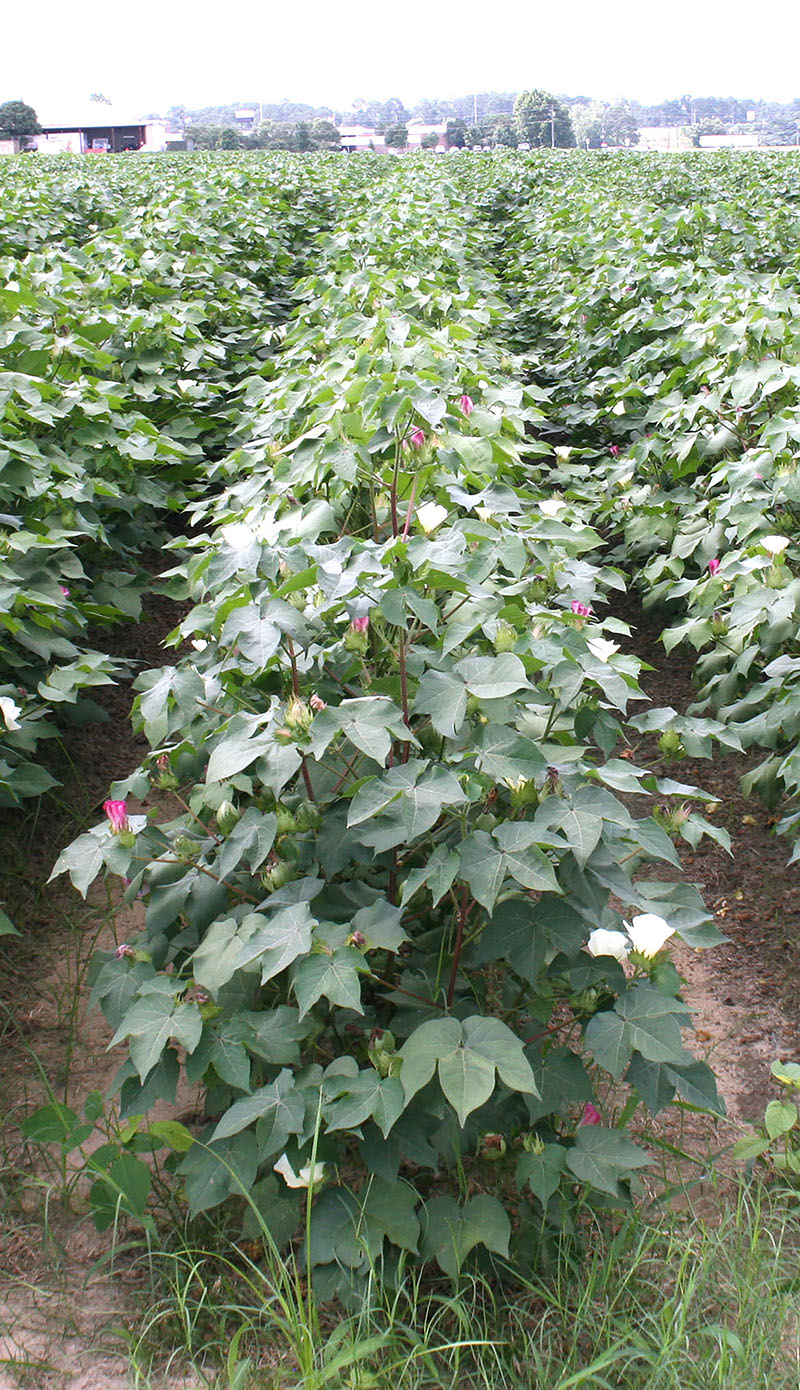 CAES News
CAES News
Dooley Professorship
University of Georgia Professor Marc van Iersel and storied former University of Georgia football coach Vince Dooley are teaming up to improve the state of horticulture in Georgia.









